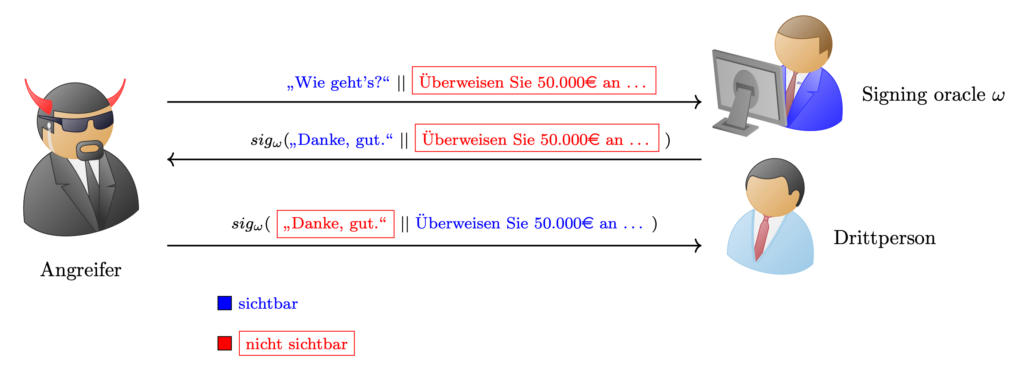HiSolutions entdeckt neue HAFNIUM/ProxyLogon IoCs
von Daniel Jedecke, David Fuhr und Vincent Rockenfeld
For English version of this advisory, please see here.
Bei der großen Menge an forensischen Untersuchungen zum Thema HAFNIUM/ProxyLogon, die wir aktuell durchführen, haben wir in mehreren Fällen gesehen, dass die Microsoft-Tools (Skripte bzw. Safety Scanner aka MSERT) nichts finden, da im HttpProxy-Log kein ProxyLogon zu sehen war, während der Zugriff im ECP Activity Log nachvollziehbar war.
Hier die Indikatoren für eine Kompromittierung (IoCs):
./ECP/Activity/ECPActivity_39844_20210303-1.LOG: 2021-03-03T06:43:32.531Z ,EX01, ,S:FE=EX01.FOOBAR.LOCAL;S:URL=https://ex01.foobar.local:444 /ecp/proxyLogon.ecp (https://owa.foobar.com/ecp/y.js);S:Bld=15.1.2106.2;S:ActID=def0-b0e6-2342-5e2c-23a8ff1962a1;Dbl:WLM.TS=0
./ECP/Activity/ECPActivity_39844_20210303-1.LOG: 2021-03-03T06:43:32.963Z, EX01,Request,S:PSA= administrator@foobar.com ;S:FE=EX01.FOOBAR.LOCAL;S:URL=https://ex01.foobar.local:444 /ecp/proxyLogon.ecp (https://owa.foobar.com/ecp/y.js)
Mit folgendem (Linux-/UNIX-)Befehl lassen sich die Protokolle auf die interessanten Einträge hin durchkämmen:
grep -ir “proxylogon“ ./ECP/Activity | sort -n
Um den Austausch von Researchern zu fördern und damit sich andere schneller schützen können, haben wir unsere Erkenntnisse auch auf Twitter geteilt. Siehe z. B. https://twitter.com/Jedi_meister/status/1372287075547017218
Bitte beachten Sie weiterhin unsere stetig aktualisierte HAFNIUM/ProxyLogon Selbsthilfe und unsere Empfehlungen zum Monitoring.











